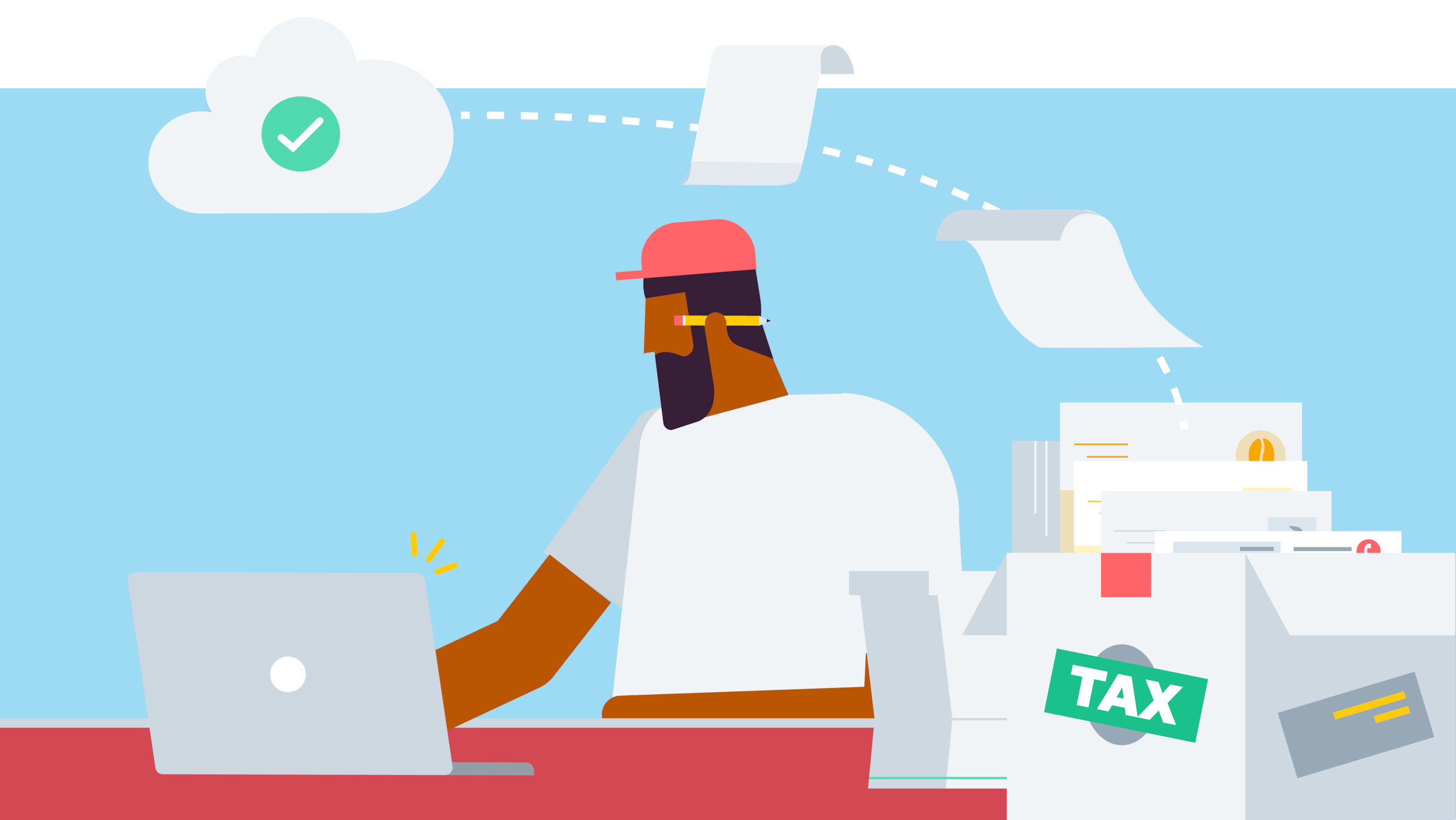What is GST and how does it work?
Not clear on your GST commitments? Don’t stress. It’s not as tricky as you might think. Here’s what to focus on.

1. Do you need to register for GST
Yes, if you expect yearly taxable income to be over $1 million.
(It may also be compulsory if the reverse charge or overseas vendor schemes apply to you.)
Optional if yearly taxable income is less than $1million.
(You can’t claim GST on expenses if you don’t register.)
2. Registering for GST
You can register online with IRAS via myTax Portal.
3. Adding GST to your prices
Old price x 1.07 = GST inclusive price
4. Issuing tax invoices
You need to be able to issue tax invoices (include those words), with extra details like:
- the seller’s name, address and GST number
- notes showing that GST has been charged
5. Recording GST
Keep a running tally of the GST you’ve collected on sales.
Do the same for the GST you’ve paid on purchases.
You’ll use these numbers to figure out your GST bill or refund at step 6.
*You will most likely collect more than you pay.
6. Preparing a GST return
Figure out your GST bill (or refund).
$2819.74 – $1342.87 = $1476.87 (Money you owe the IRAS.)
Include this in your GST return and file it online with the IRAS via myTax.iras.gov.sg.
GST tip
Think of GST as money you’re collecting for IRAS. Treat it as their money and you won’t get caught short.
7. GST due dates
Most businesses file quarterly. You can check the due dates on the IRAS website.
Make GST less taxing
Learn how software can help with GST invoicing, accounting, and filing.
Get this infographic and bonus ebook
Download our 'GST cheat sheet' infographic, and get a bonus ebook about GST.
Start using Xero for free
Access Xero features for 30 days, then decide which plan best suits your business.
- Safe and secure
- Cancel any time
- 24/7 online support